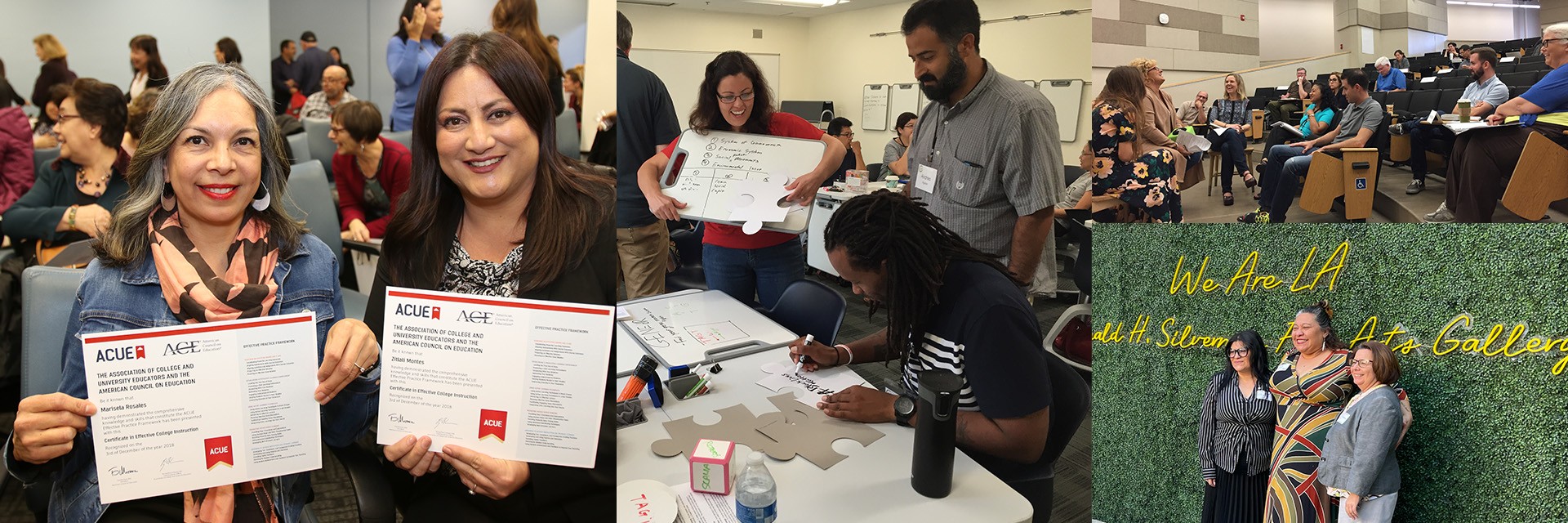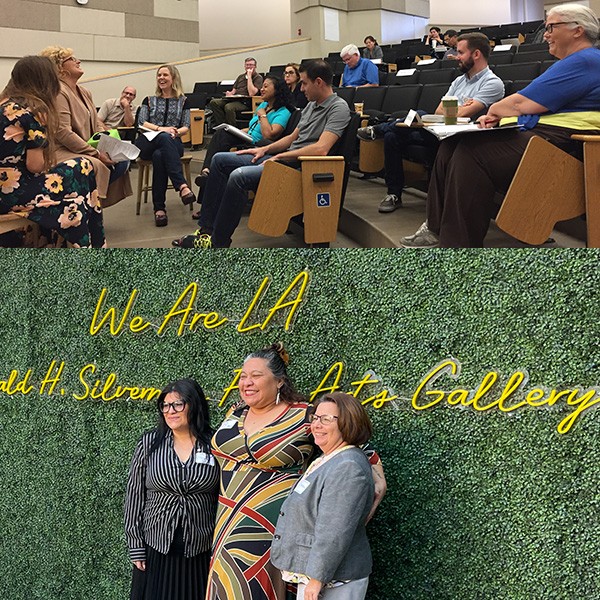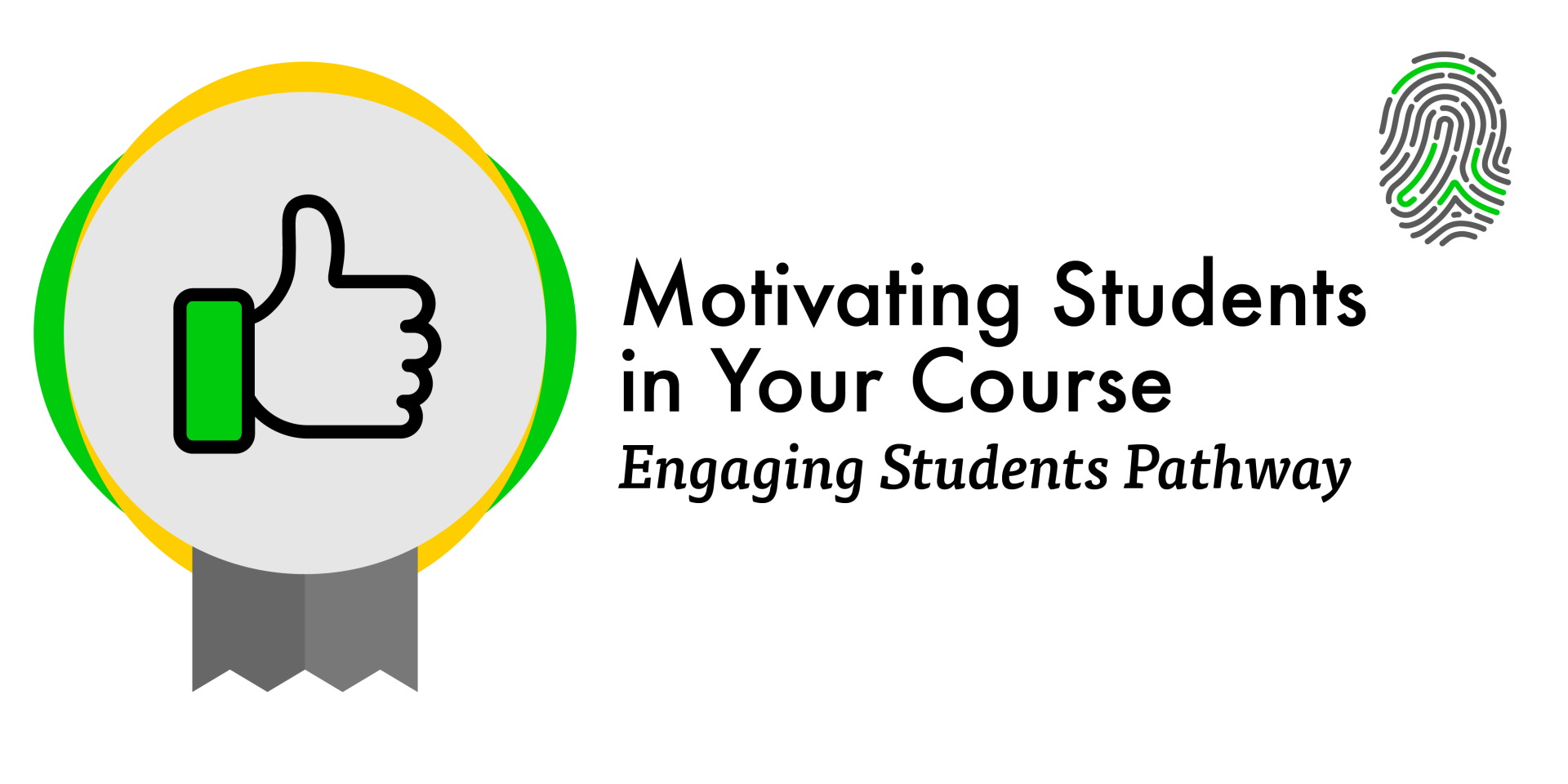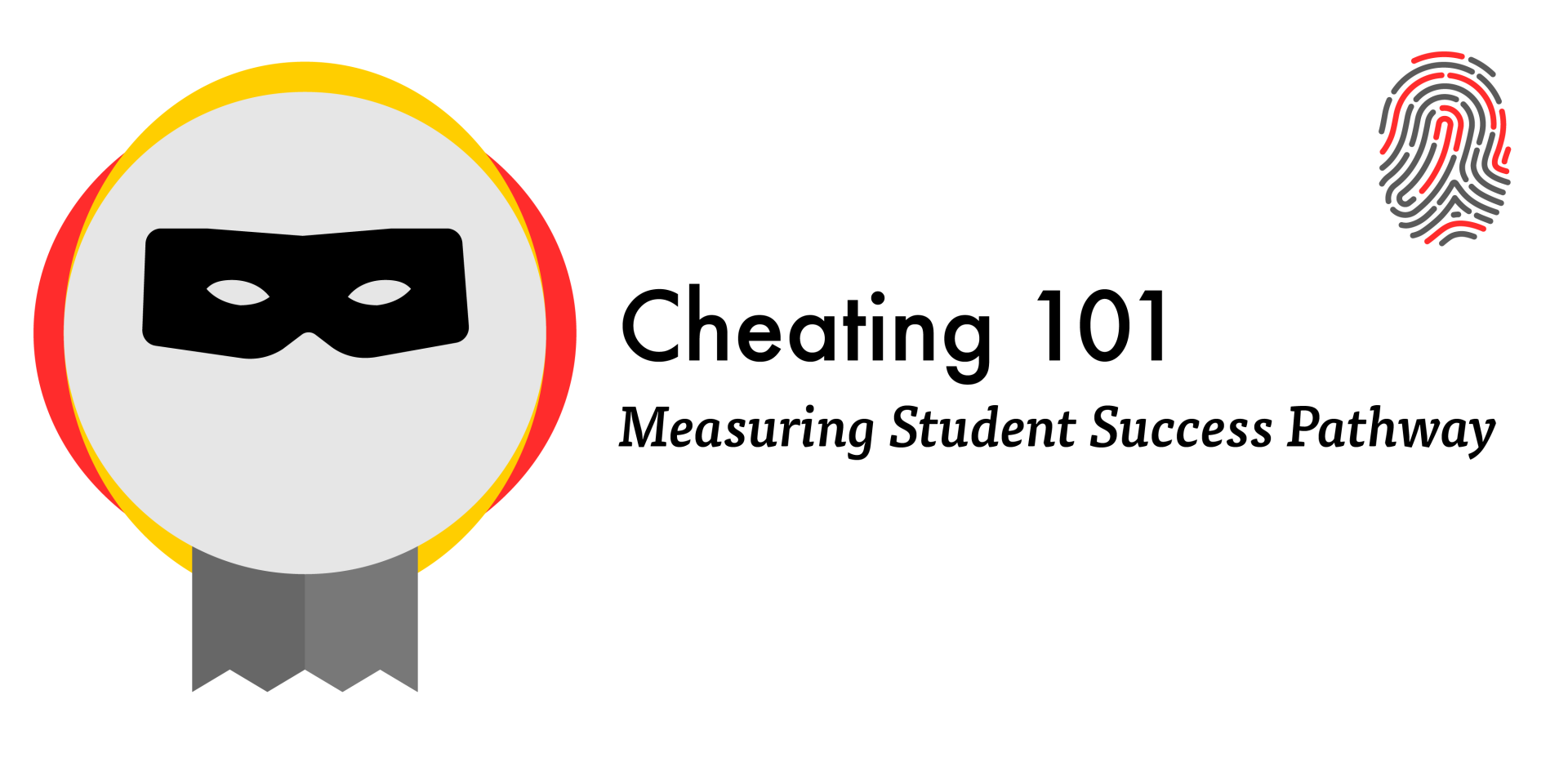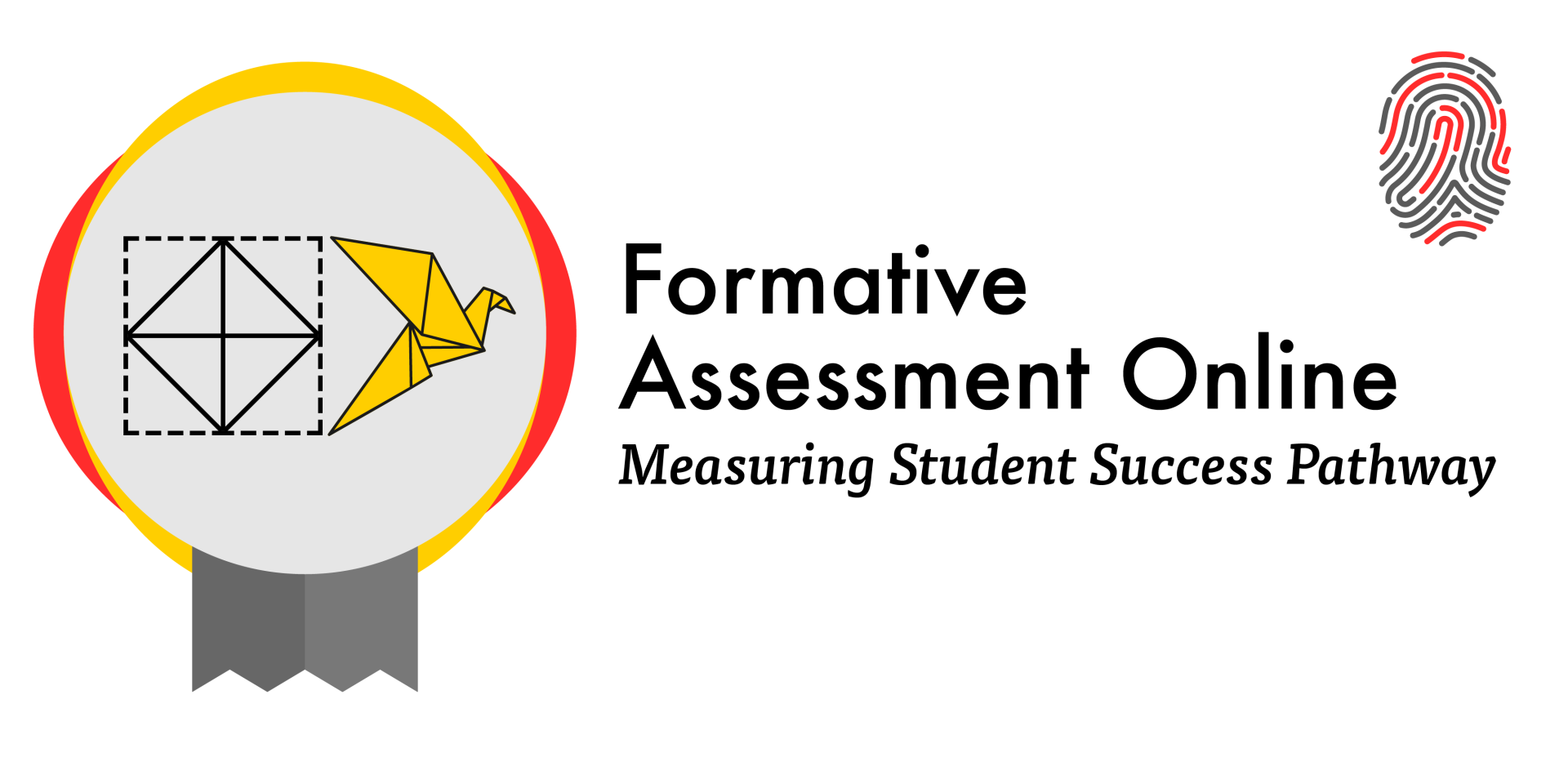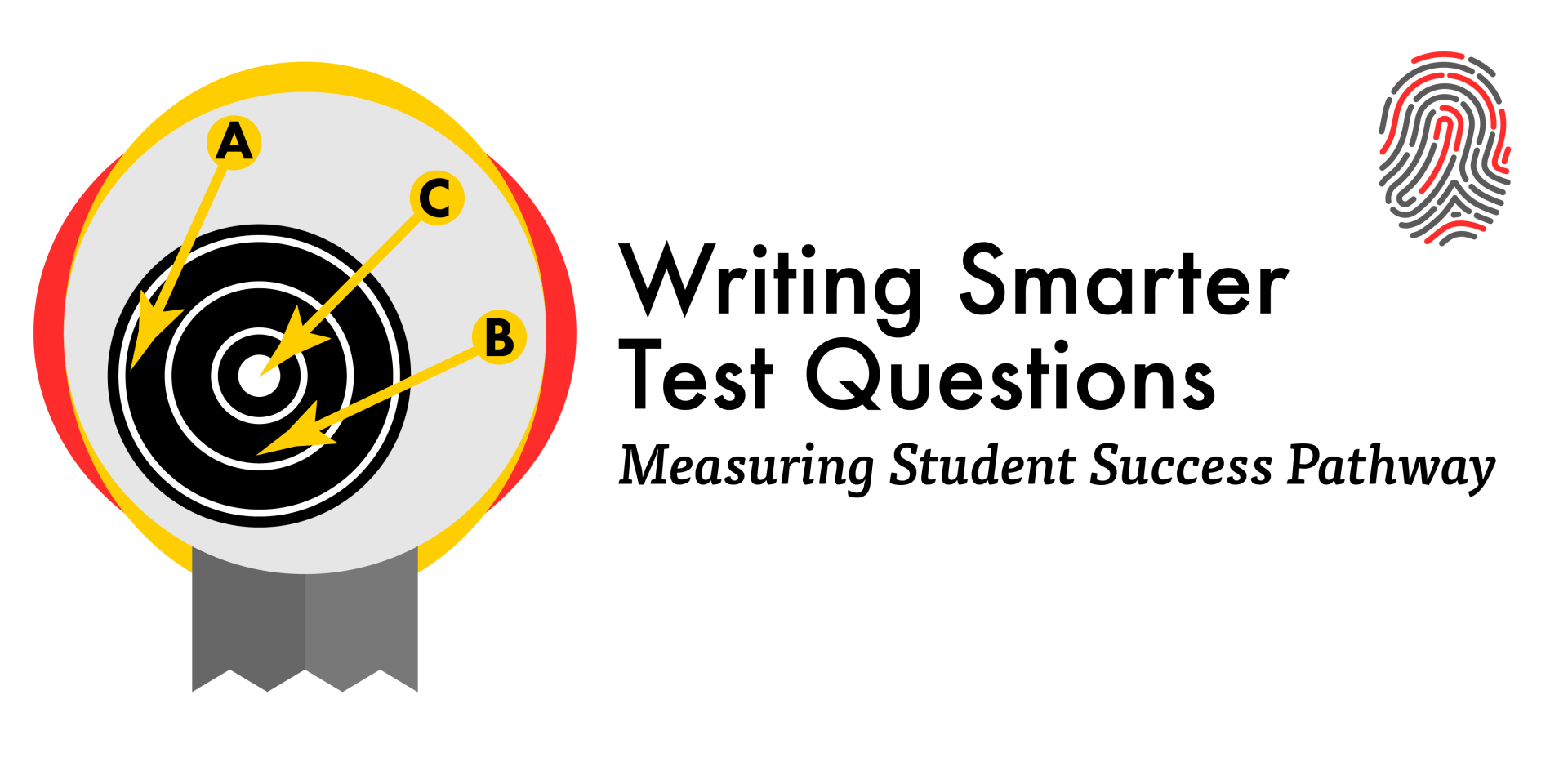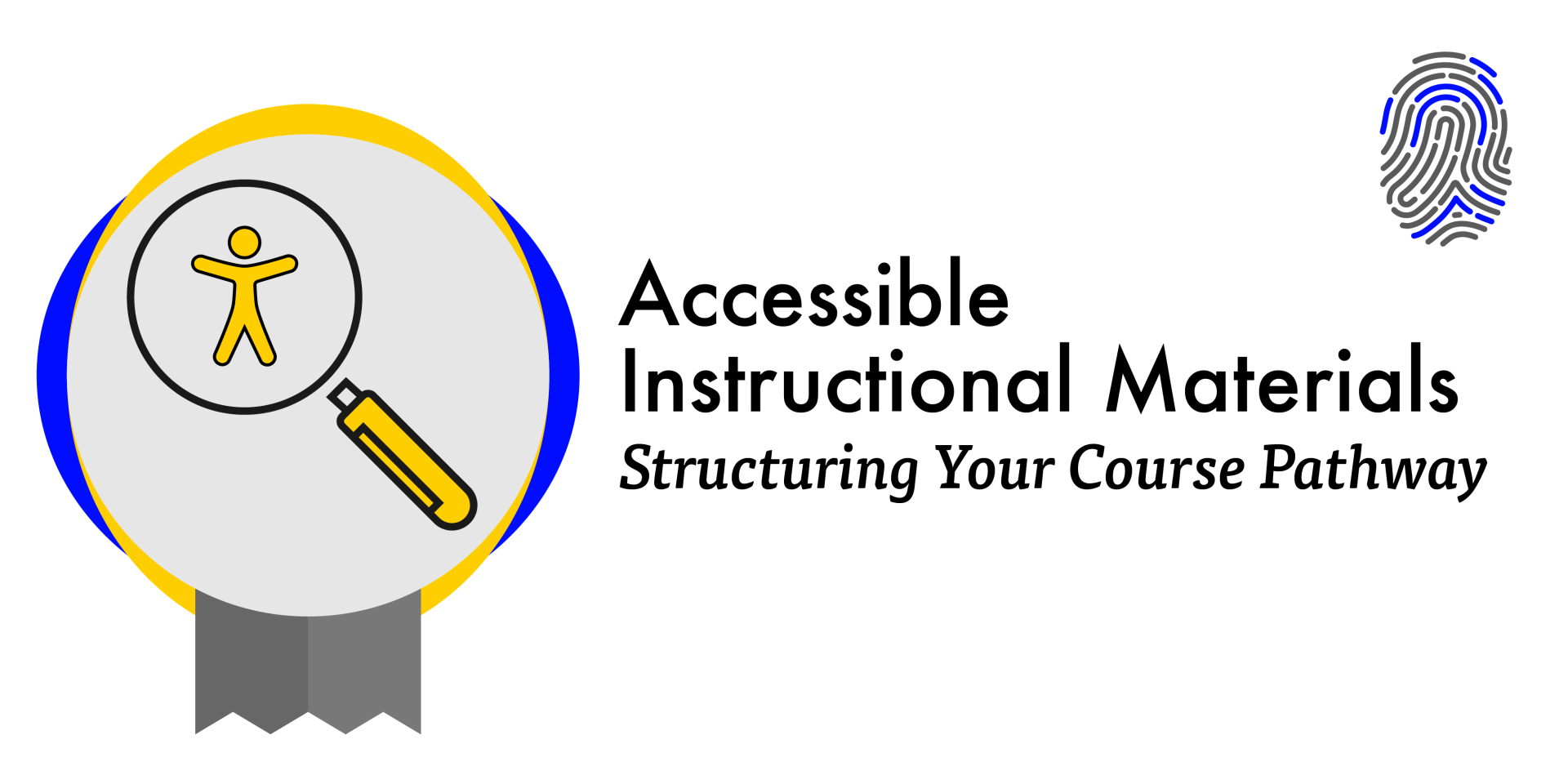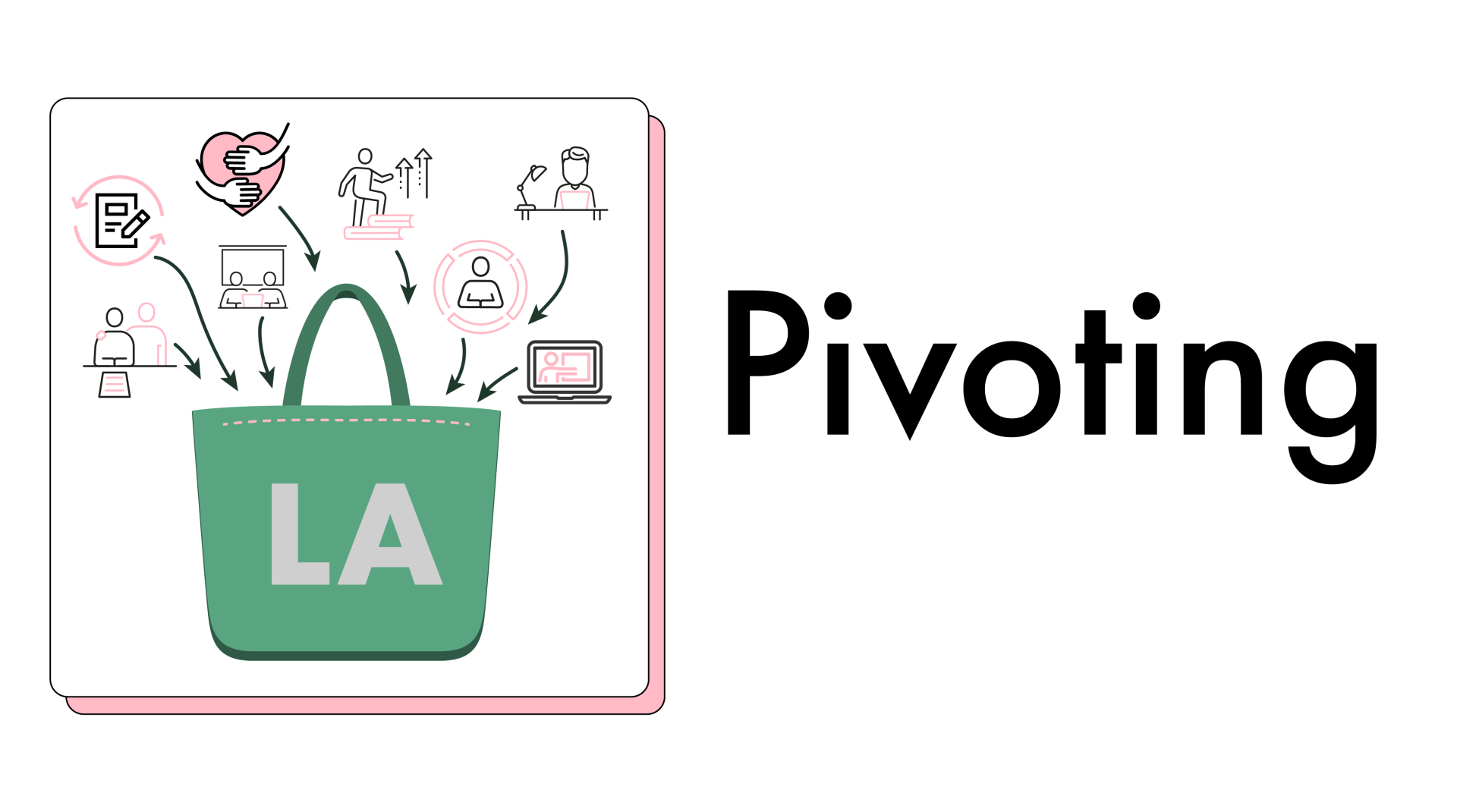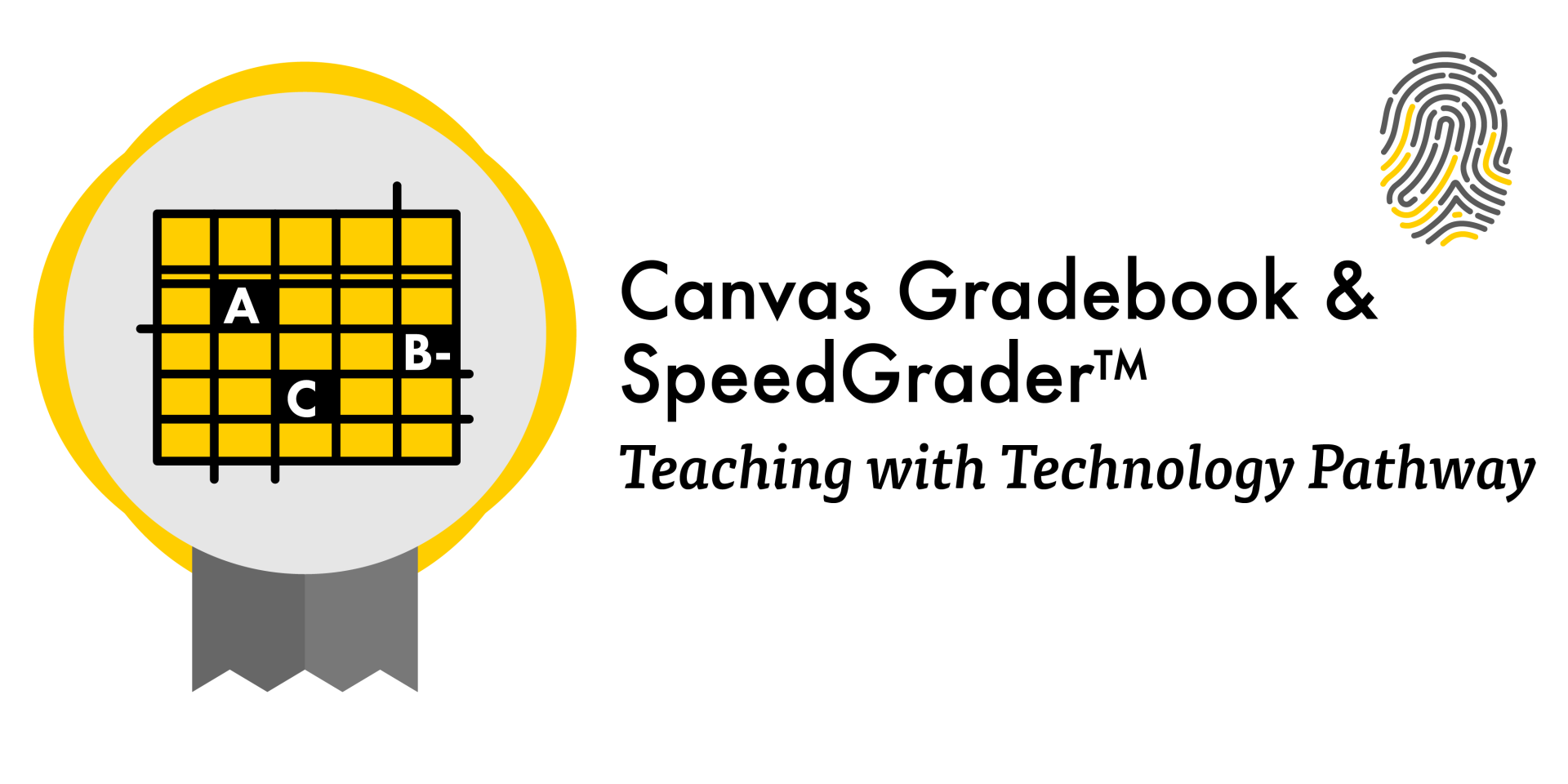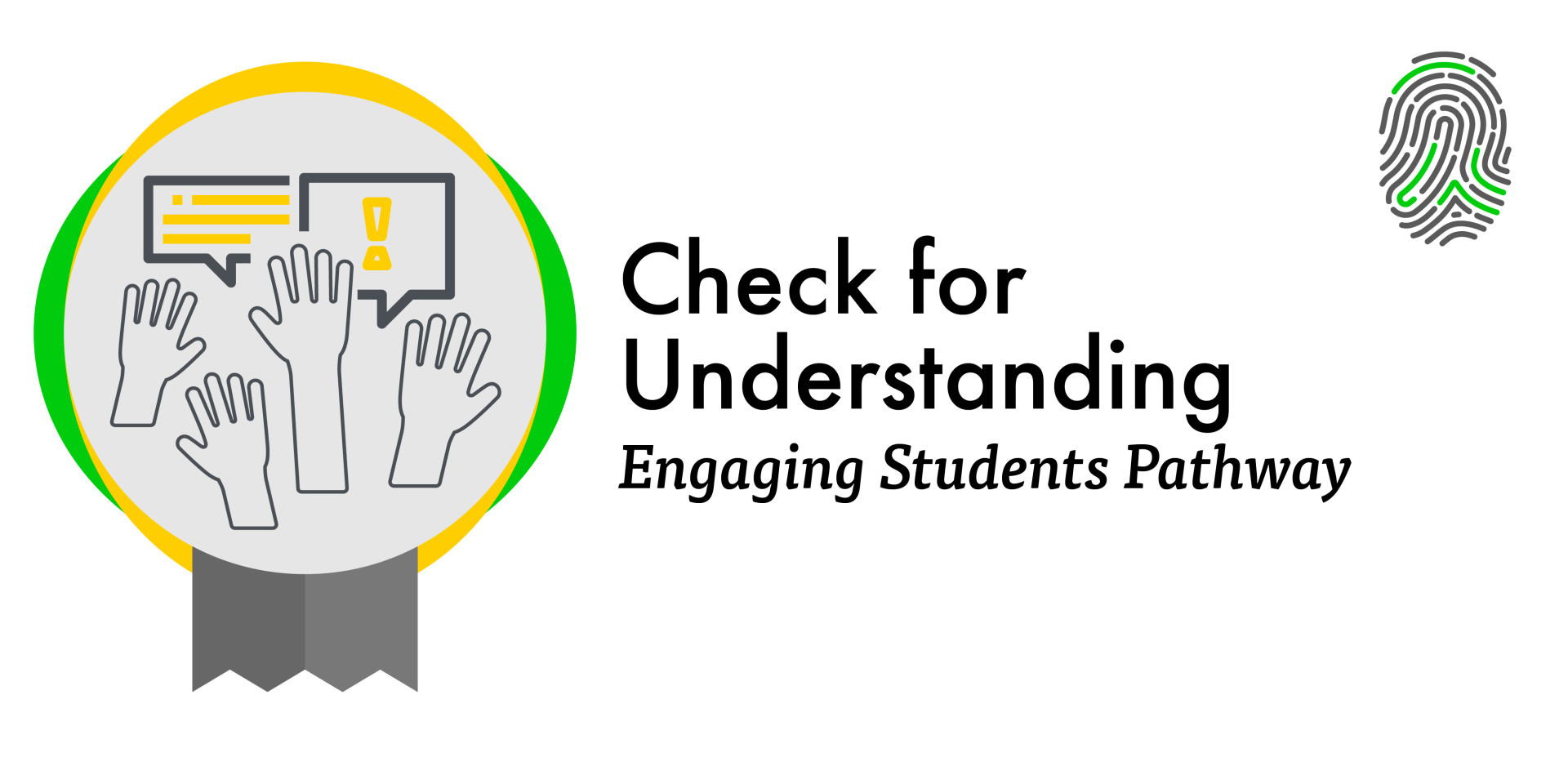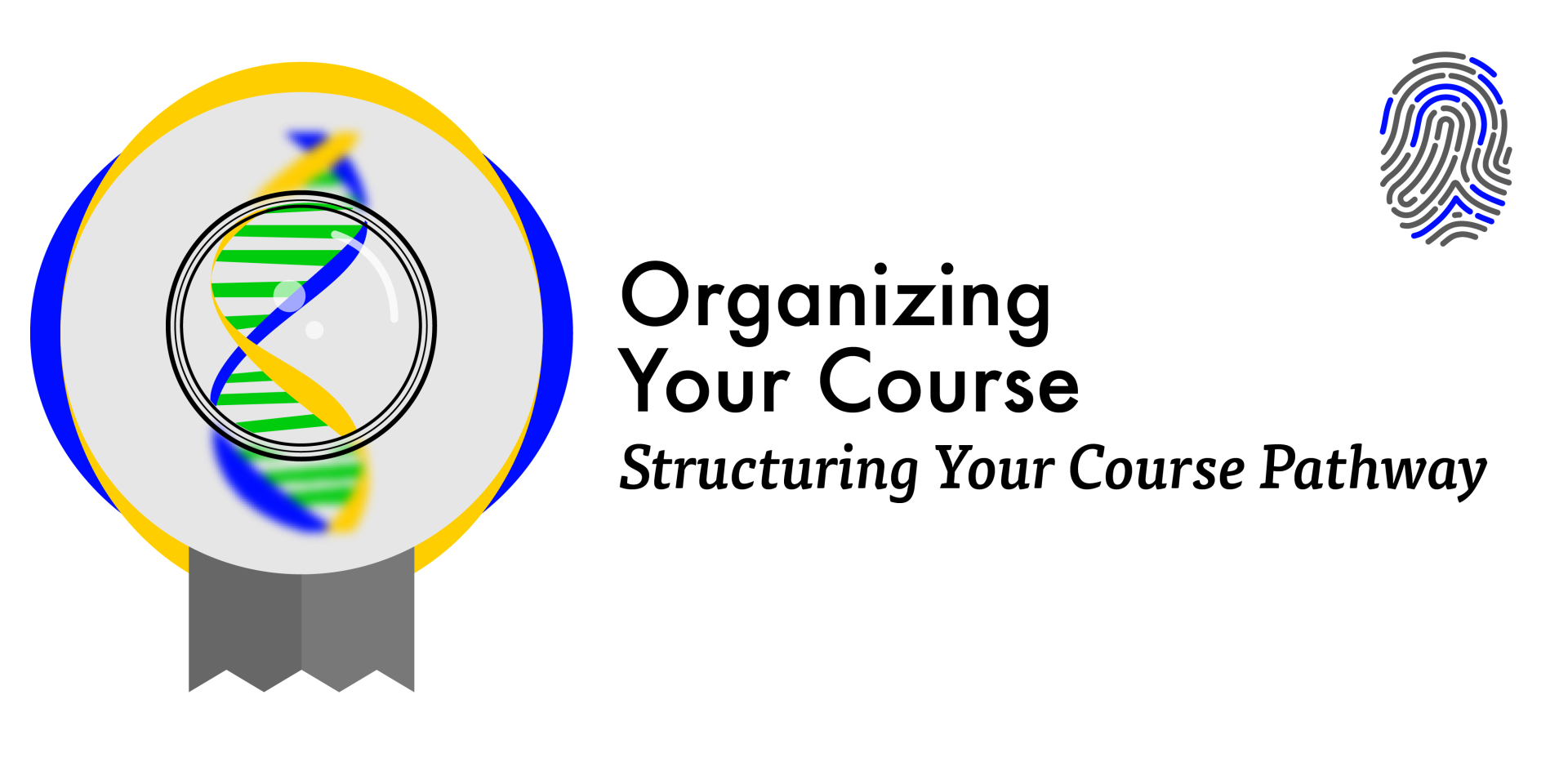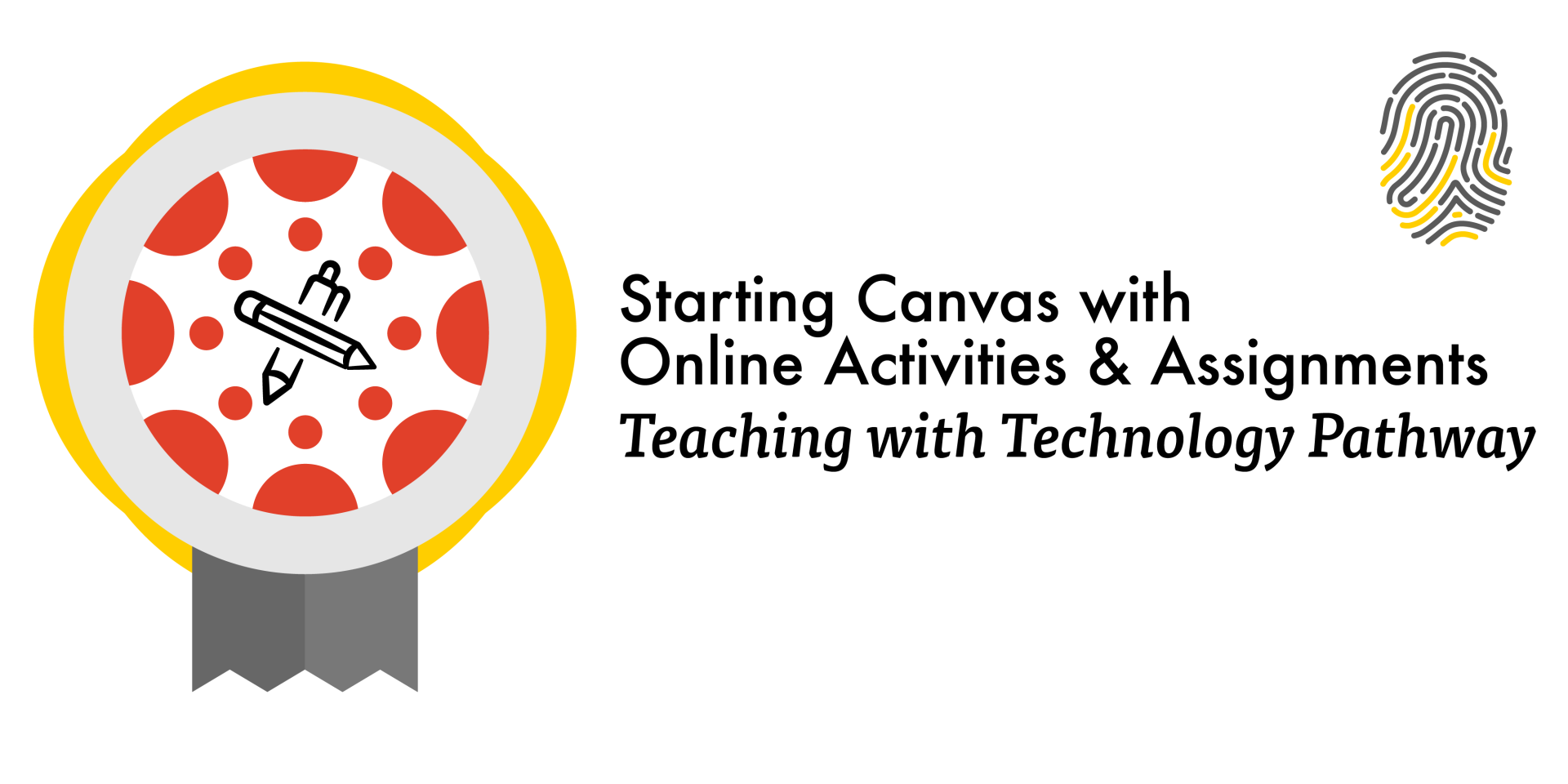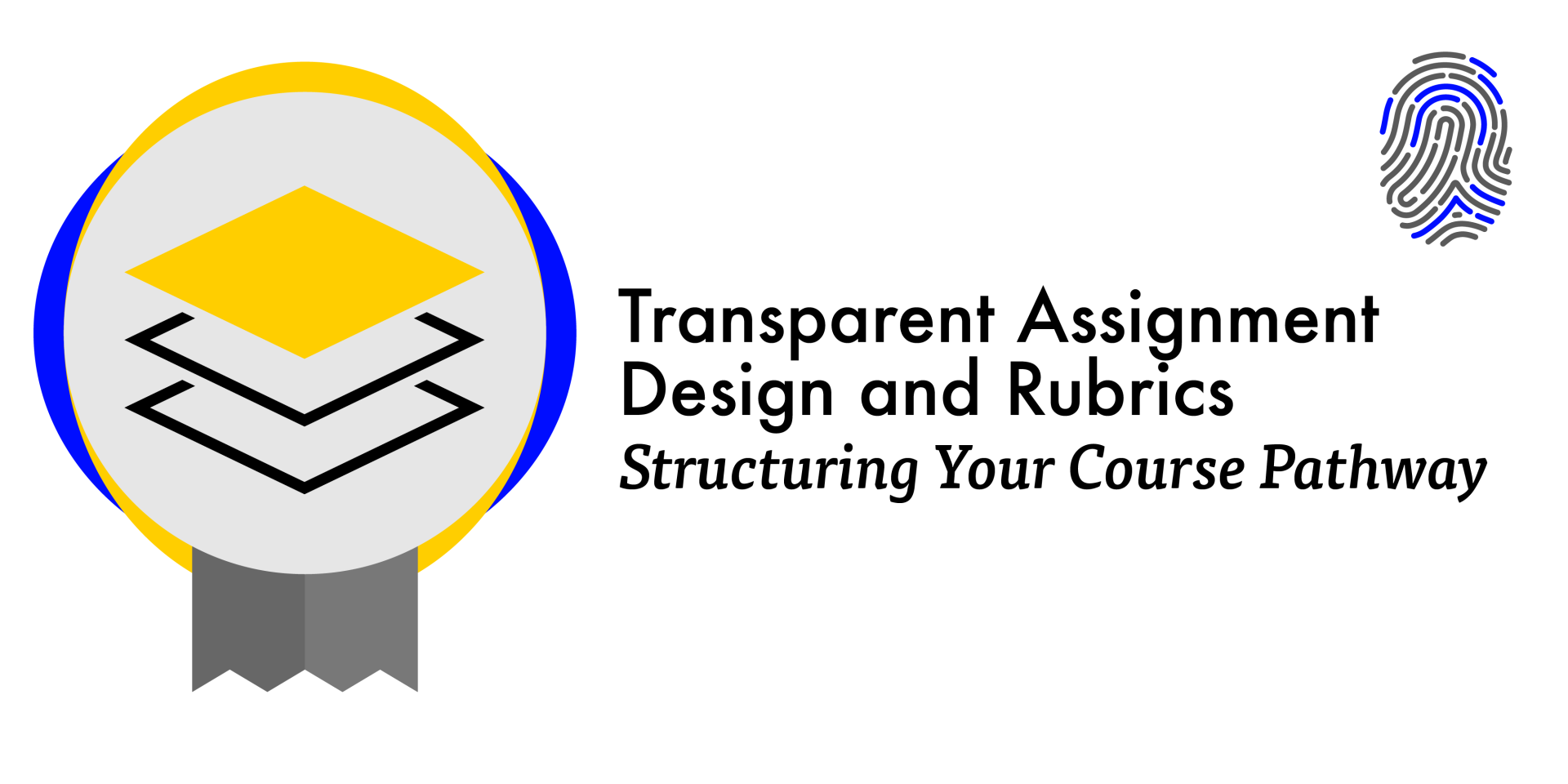CETL'S MODEL FOR EQUITABLE, TRANSPARENT, INCLUSIVE, AND STUDENT-CENTERED TEACHING
CETL programming is striver-informed. Our majority first-generation, Latino/a/x students strongly influence our approach. Regardless of where our faculty come from, they will be influenced by our vibrant and achieving community of students. As you continue to navigate your teaching post-pandemic, the Cal State LA Center for Effective Teaching and Learning has created multiple resources to help you pivot between virtual and in-person learning while acknowledging the contributions our distinctive population of students make to your pedagogical knowledge. Instructors can and should adapt their teaching and course design through different teaching modalities, employing respect, compassion, and structure as these attributes strongly impact our students' sense of belonging and success. We engage with and promote student-centered curriculum design, active and culturally responsive and rigorous learning practices for student growth and relevance, responsive strategies for creating equitable and inclusive classrooms, and ethical and transparent course materials and evaluative standards.
The college going population of the United States is now first-generation. We draw on the work of Gloria Ladson-Billings and Zaretta Hammond as well as structurally-informed approaches (Wlodkowski & Ginsberg) to expert adult learning—faculty learners. Finally, in light of pandemic impacts to our community, our model includes trauma-informed principles, as adapted by Janice Carello.
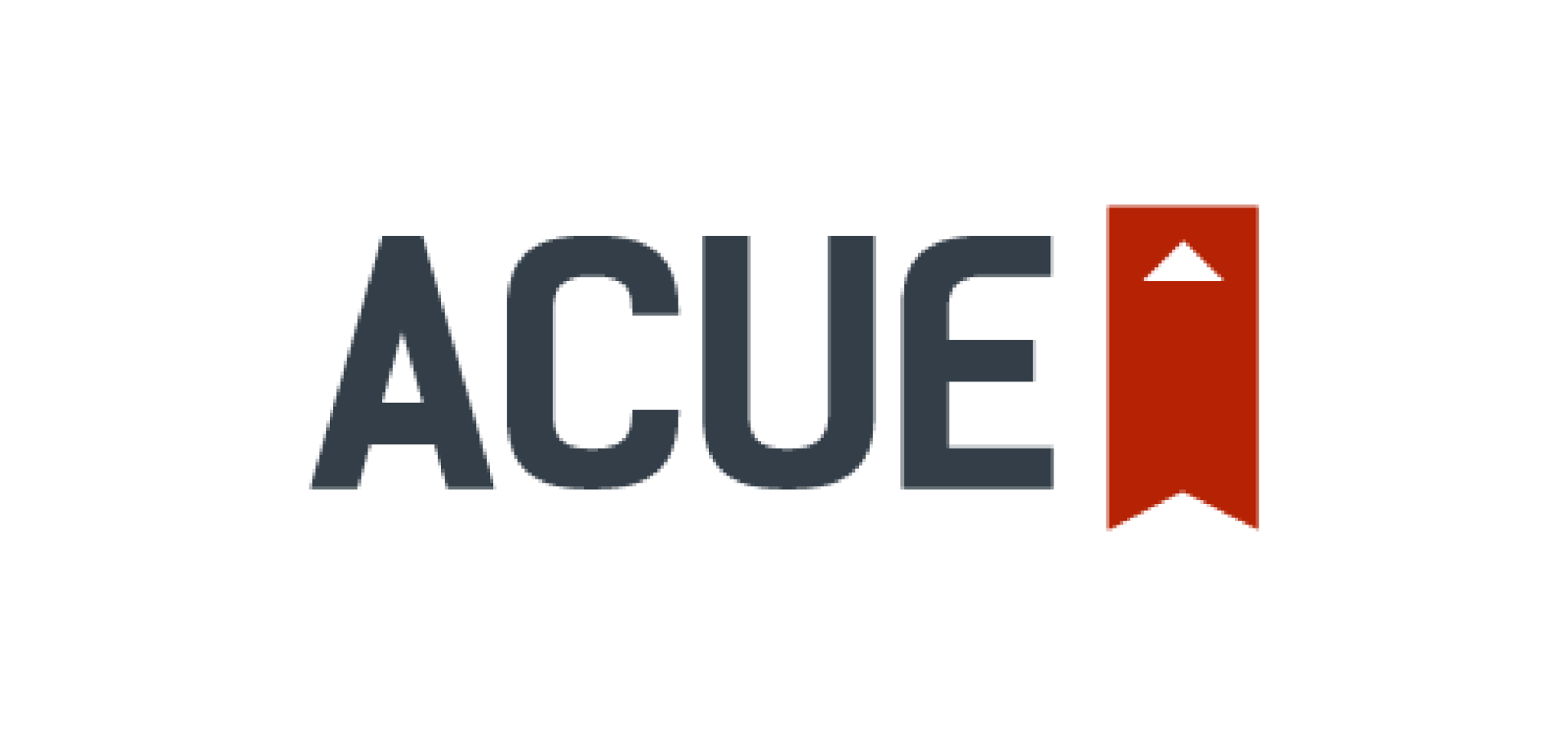
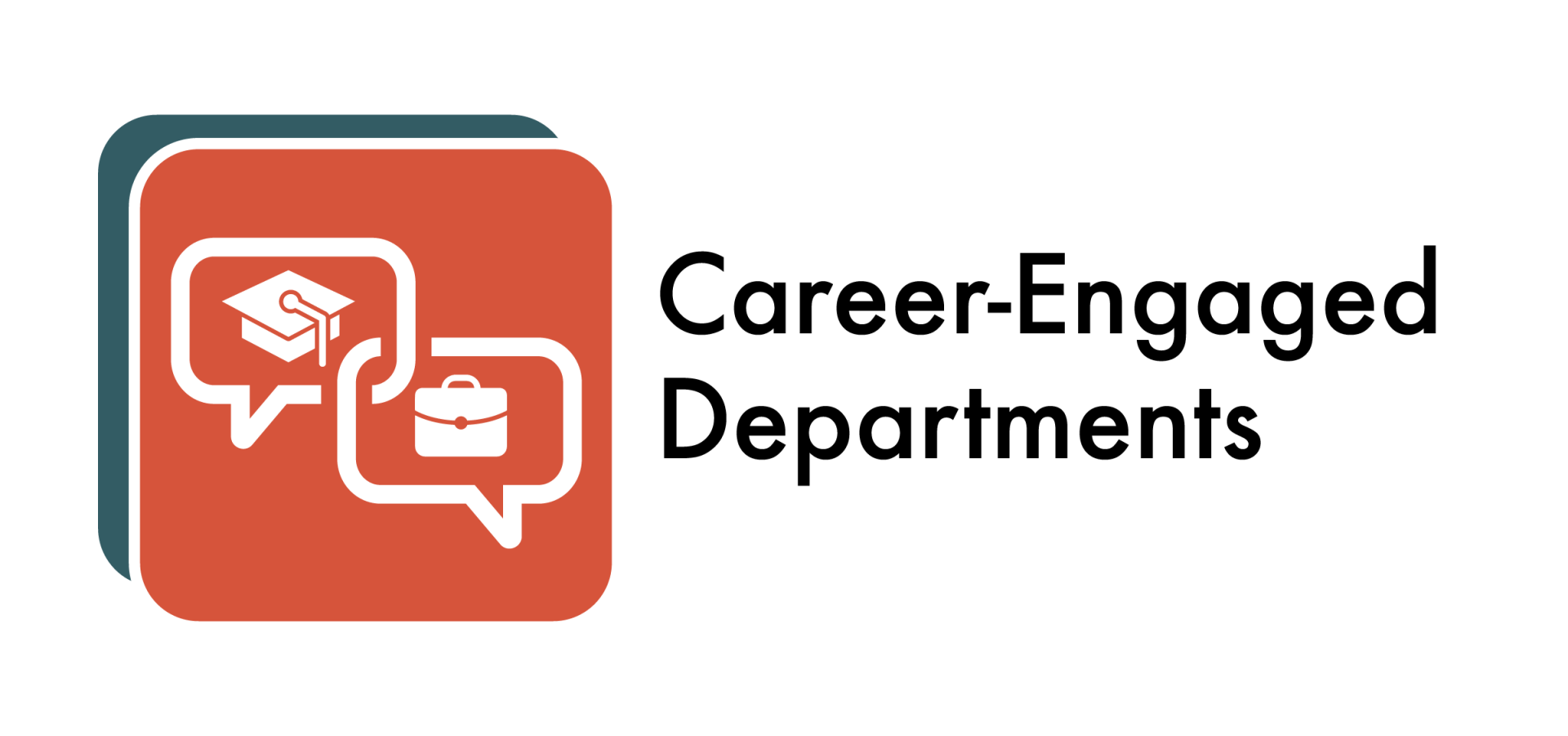
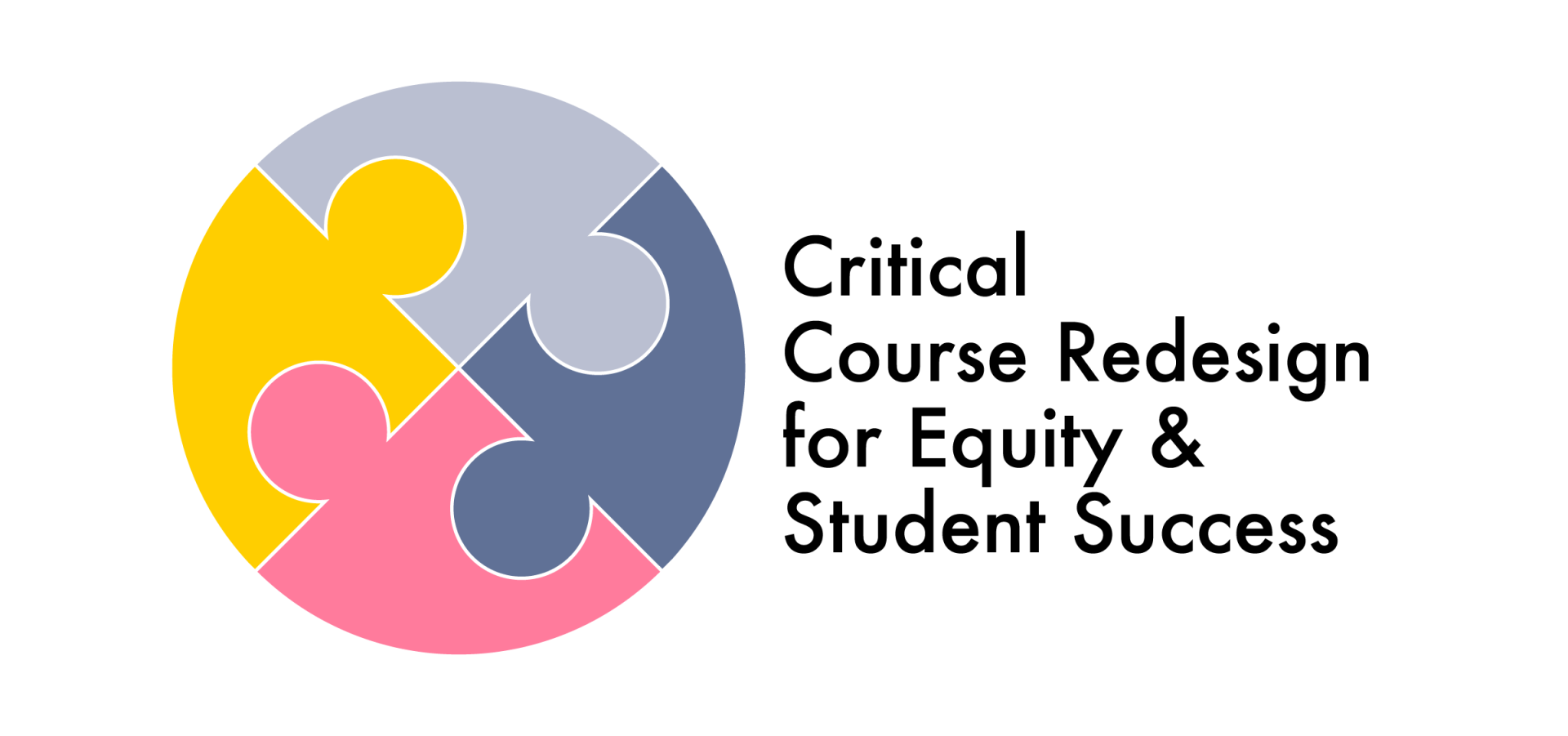
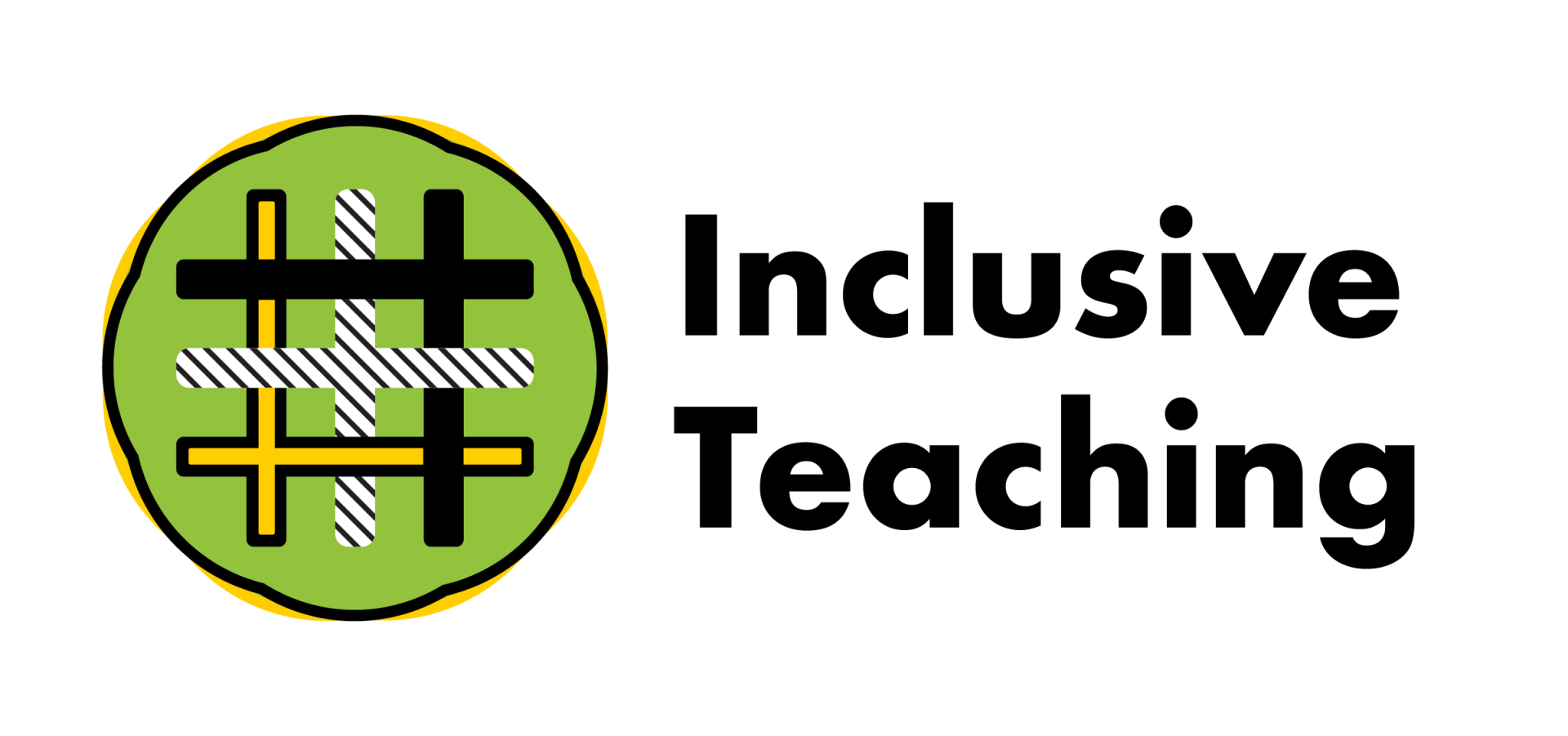
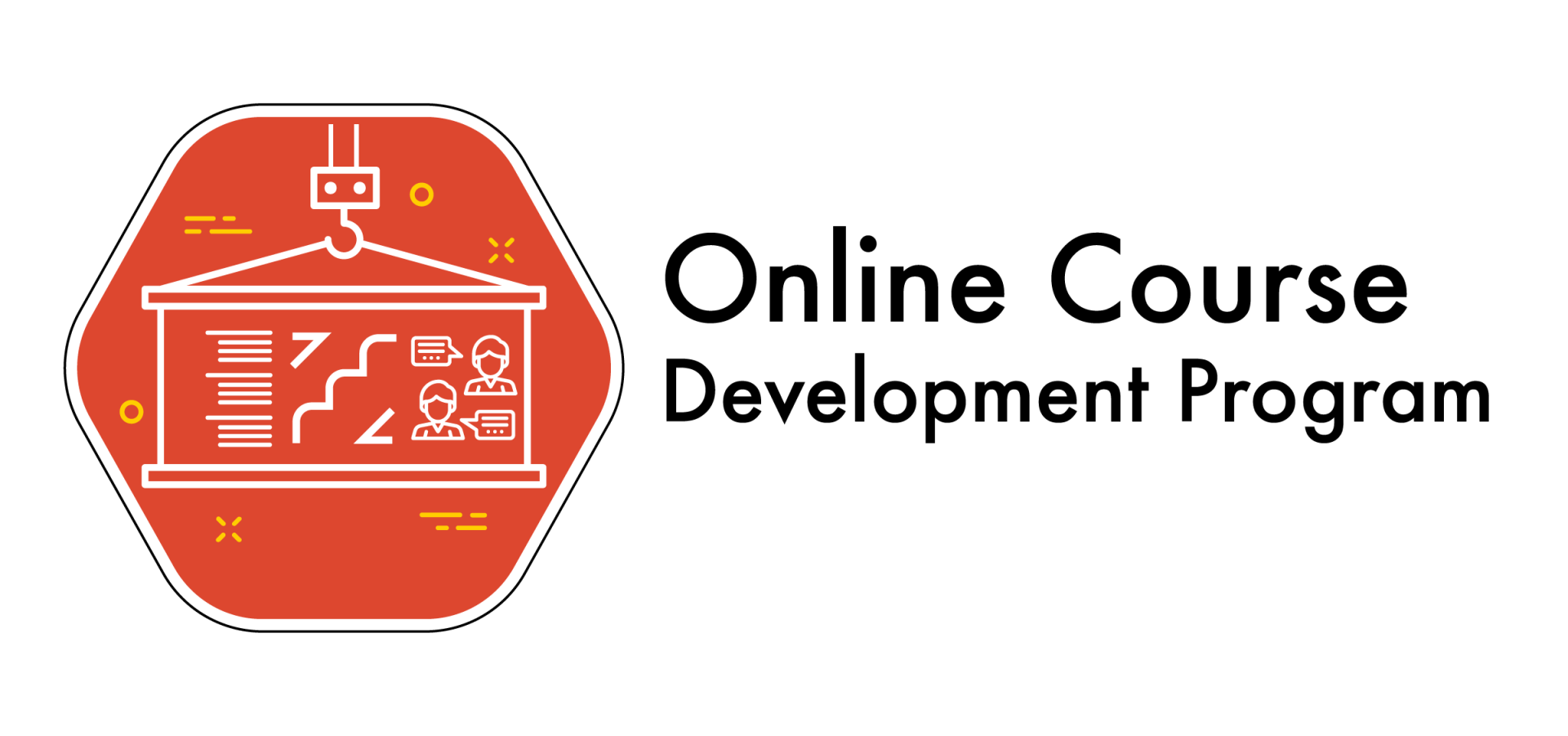
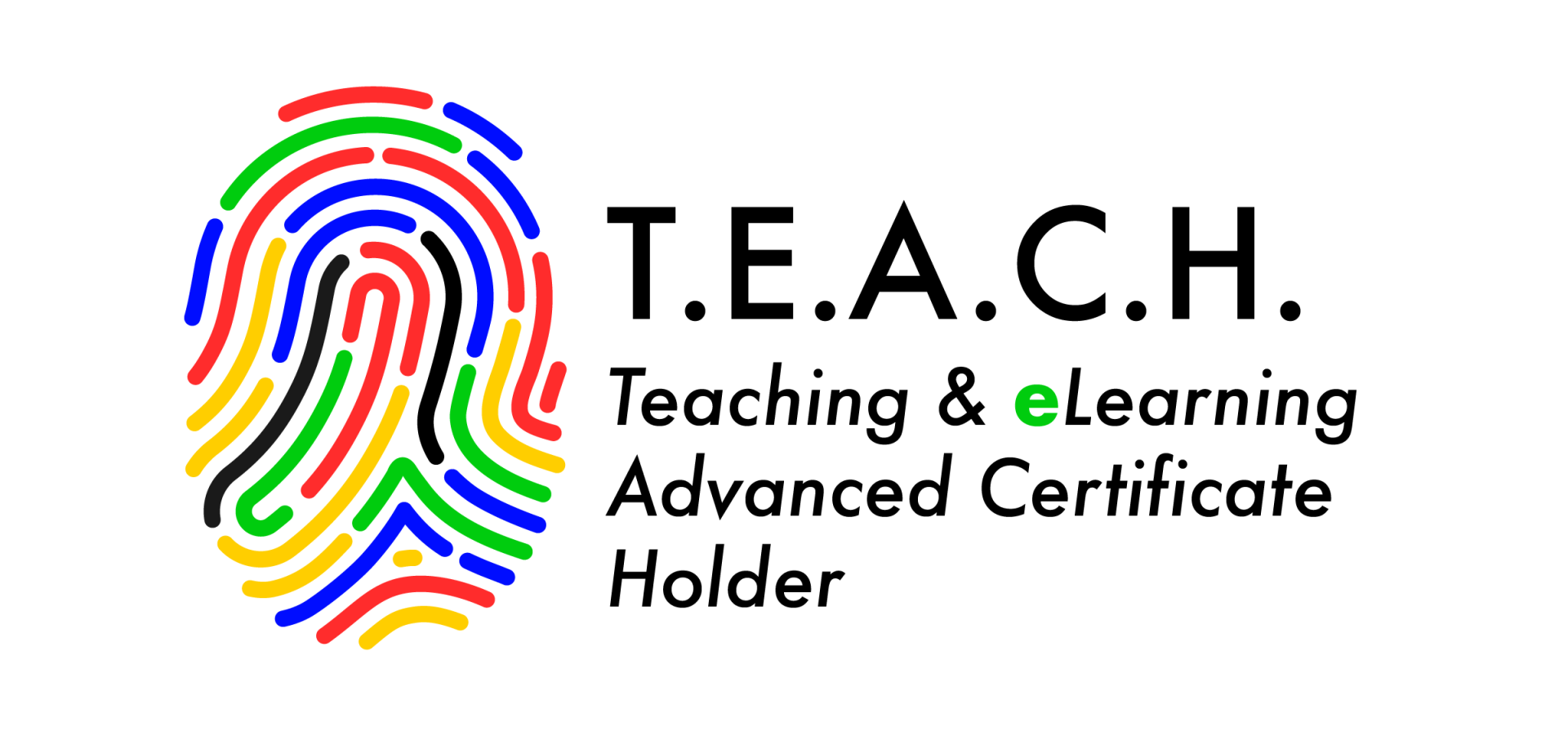
Each category below represents our programming and maps to a specific principle of striver-informed teaching and learning. If you would like more information and/or examples of how to incorporate these into your teaching, email us at cetl@calstatela.edu.We are confident that any CETL workshops and long programs can help you adopt these principles into your courses.
Click the drop down menus below to find out more and to explore each category.
All class members act as allies rather than as adversaries to help ensure ones another’s success. Opportunities exist for all class members to provide input, share power, and make decisions.
Examples: implementing policies and practices that foster success; involving students in creating or revising policies, assignments, and grading; doing with rather doing for students (e.g., editing papers for students); facilitating student-led discussion and activities.
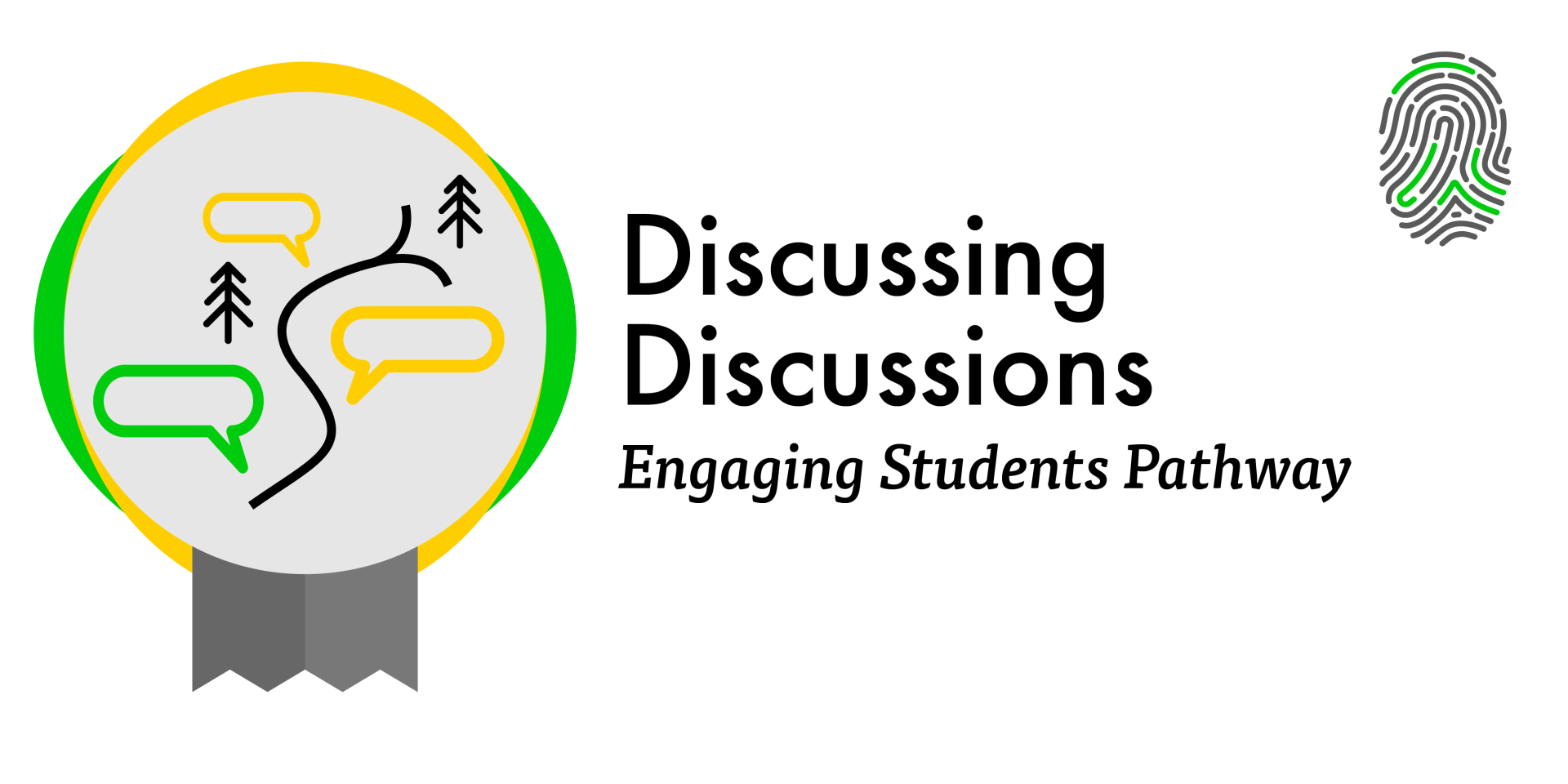
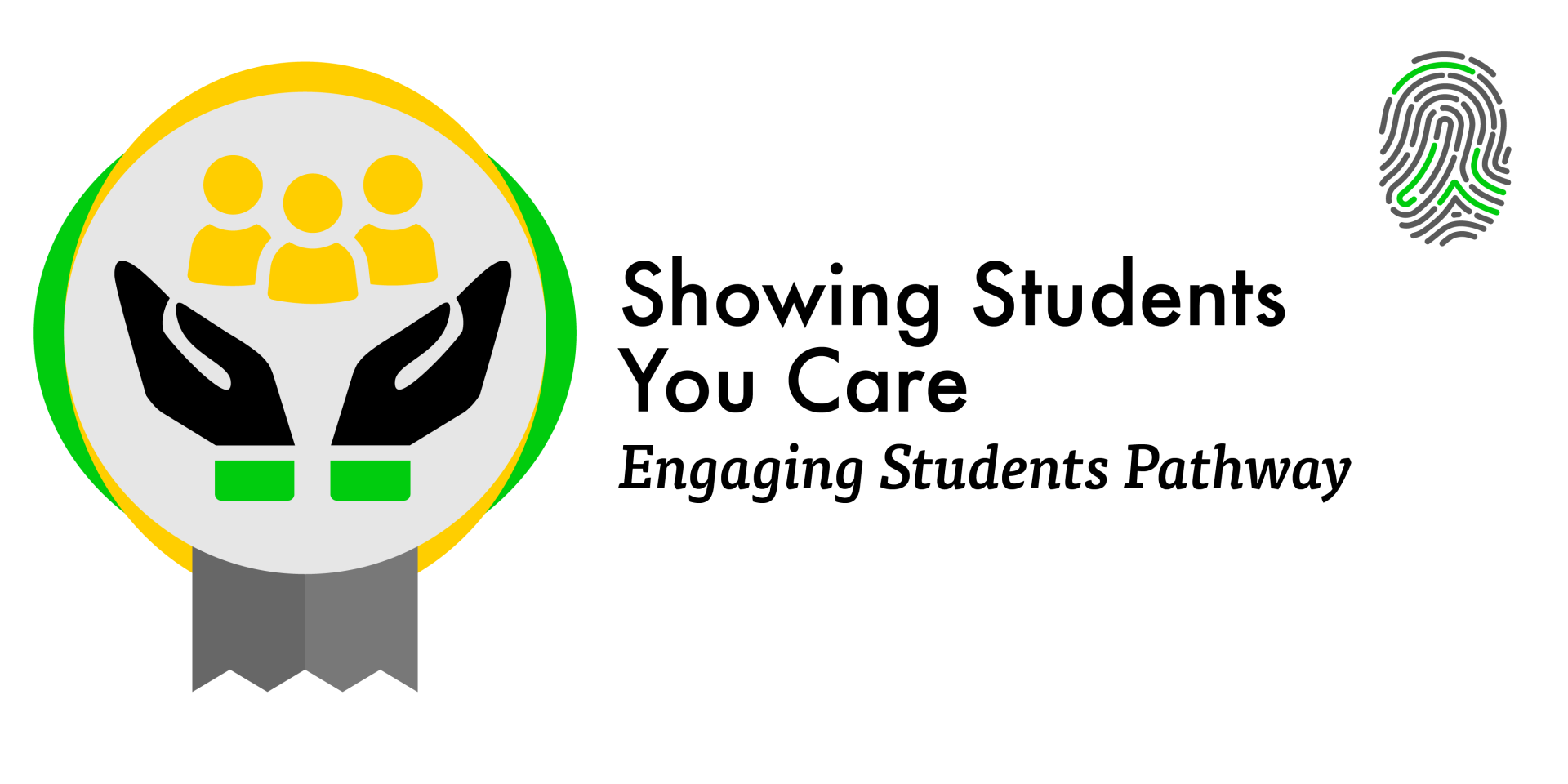
![]()

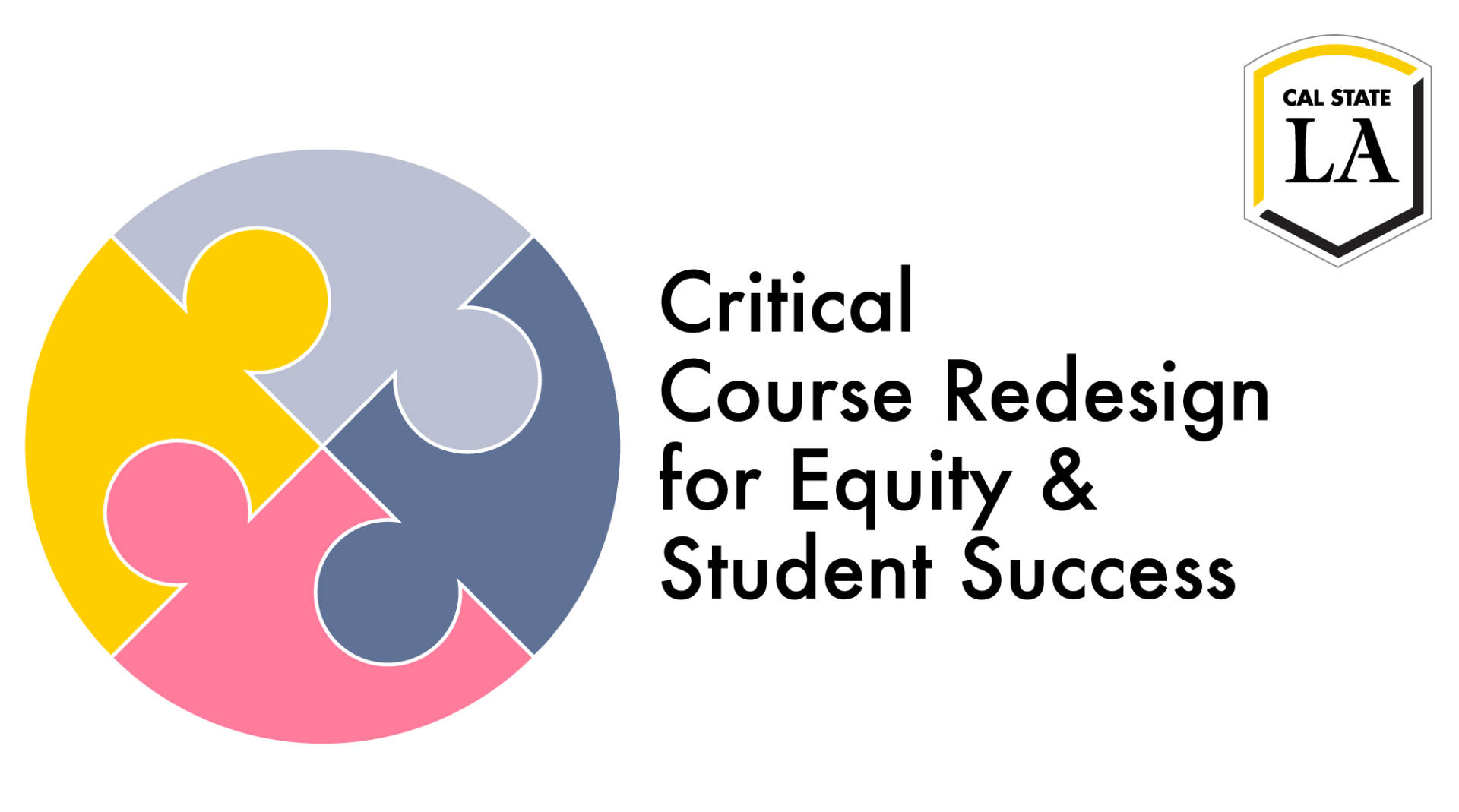
All class members strive to be responsive to historical, cultural, and gender contexts in order to respect one another’s diverse experiences and identities.
Examples: addressing microaggressions; being aware of personal and disciplinary biases and how they impact teaching and learning (e.g., privileging or disparaging certain dialects, writing styles, or research methods); providing choices to self-identify identities (e.g., choice to identify or not identify pronouns); taking responsibility to address burdening of students to speak for or represent/explain their entire identity group (e.g., if a student is asked to speak for their ethnicity, the instructor addresses this).
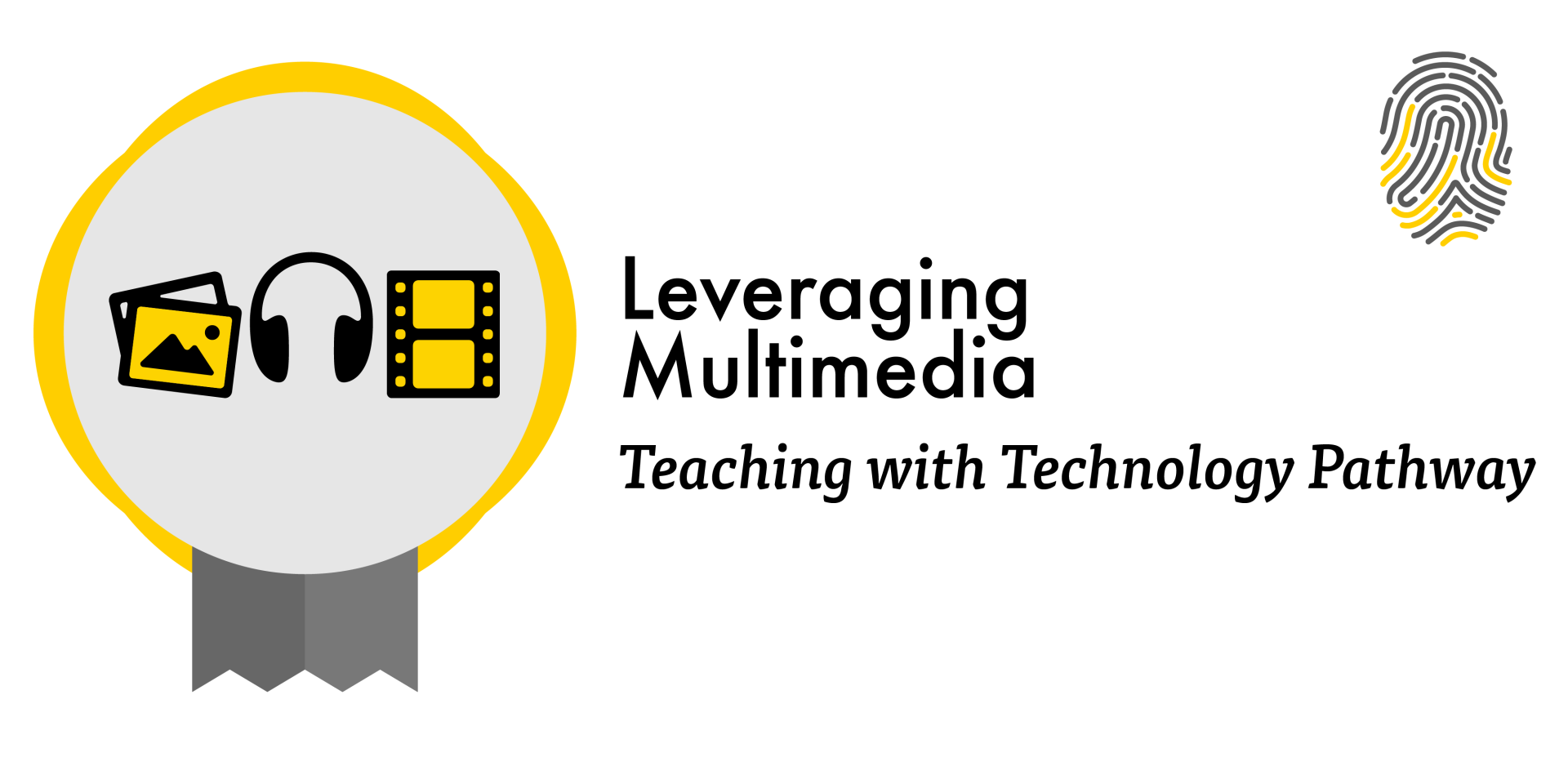

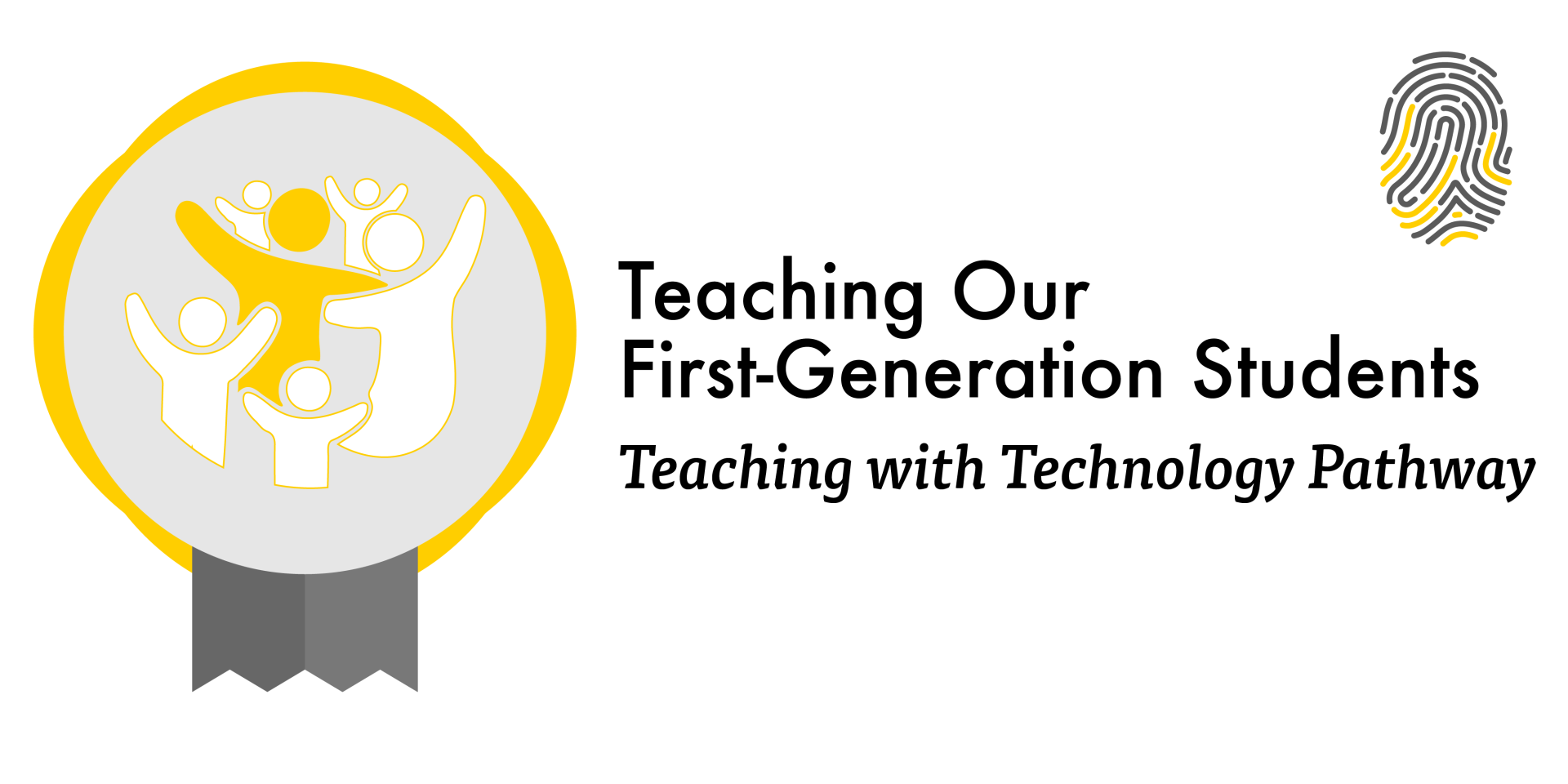
All class members see themselves making valuable contributions to the university by virtue of their origin communities’ values and ideals.
Examples:Tapping into students’ unique capital; making bridges between the discipline and activities that recognize and affirm the cultural wealth of our surrounding communities; leveraging a wide range of content that students can see themselves reflected in; harnessing community involvement as this fosters civic growth; allowing students to learn in a variety of ways and giving students multiple opportunities to demonstrate this learning; engaging in capstone activities that gives back or pays forward.
All class members emphasize strengths and resilience over deficiencies and pathology; they empower one another to make choices and to develop confidence and competence.
Examples: Building in choices where possible (e.g., readings, paper format); integrating active learning; implementing realistic attendance policies (e.g., statements in syllabus to reach out to instructional team if you will be absent before a class); facilitating large and small group discussions so students have multiple opportunities and modes to speak.
Efforts are made to create an atmosphere that is respectful and accepting for all class members in both individual and group interactions, including opportunities to make and learn from mistakes.
Examples: scaffolding or integrating low-stakes assignments that provide opportunity to receive feedback and learn from mistakes prior to evaluation; modeling assertive, non-violent communication skills; providing content warnings prior to viewing discussing sensitive material
All class members recognize that a subject’s field fosters distinctive values, skills, and habits of mind useful for any future career.
Examples: Engaging in problem-solving methods unique to a discipline that are universal in scope, practicing regular course routines such as asking better questions, critical reading, and groupwork that are useful for any job; allowing students to see themselves professionally in course activities, drawing connections between general education courses and self-awareness.

All class members recognize each other’s strengths and resilience, and they provide feedback to help each other grow and change.
Examples: providing formative & summative assessments; pointing out what was done well; assigning multiple drafts; holding one-on-one conferences; facilitating peer feedback; rewarding success & effort; soliciting feedback from students to improve the course; conveying optimism.
All class members are connected with appropriate peer and professional resources to help them succeed academically, personally, and professionally.
Examples: providing referral information for campus and community resources such as advising and writing services; announcing campus and community events; facilitating peer groups and peer workshops; inviting guest speakers.
Trust and transparency are enhanced by making course expectations clear, ensuring consistency in practice, and maintaining appropriate boundaries.
Examples: articulating clear policies and implementing them consistently; providing detailed assignment sheets and grading rubrics; responding to email within the communicated time-frame; avoiding all-or-nothing or zero-tolerance policies that are difficult to enforce consistently; consistent with course navigation and design, creating class routines or rituals.
This checklist shows actions that instructors can take to increase success in any teaching modality while addressing the needs of students through principles of striver-informed teaching.
*Principles of Trauma-Informed Teaching and Learning adapted from Janice Carello’s “Examples of Trauma-Informed Teaching and Learning in College Classrooms”
